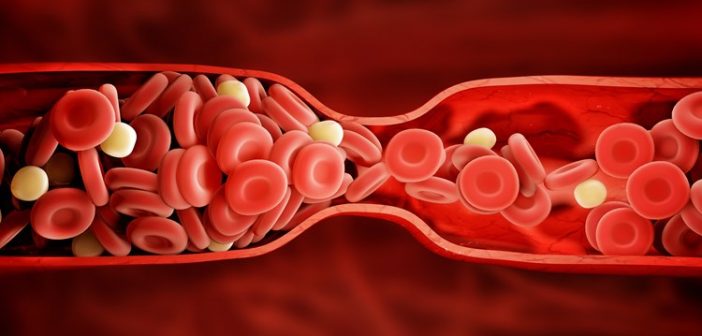In a groundbreaking advancement in medical science, researchers at the Agharkar Research Institute (ARI) in Pune, under the aegis of the Department of Science and Technology (DST), Government of India, have developed a highly porous spongy xerogel dressing that could significantly improve outcomes in trauma care by accelerating the blood clotting process. This new composite dressing, which incorporates Silica Nanoparticles (SiNPs) and calcium, has shown remarkable potential in reducing mortality and complications arising from uncontrolled hemorrhage, one of the leading causes of traumatic death worldwide.
The Challenge of Uncontrolled Hemorrhage
Uncontrolled hemorrhage, or severe blood loss, is a critical issue in trauma care, accounting for over 40% of trauma-related deaths. Traditional methods of managing such hemorrhages, including the use of gauze or reliance on the body’s natural blood clotting mechanisms, often prove inadequate, especially in cases of severe injury. The limitations of current hemostatic materials highlight an urgent need for more effective solutions to control bleeding rapidly and efficiently.
The Breakthrough: Porous Xerogel Dressing
The innovative xerogel dressing developed by ARI researchers addresses this urgent need. The dressing is a composite material characterized by its high porosity, with multiple pores approximately 30 µm in size. These pores contribute significantly to the dressing’s ability to absorb blood quickly, a critical feature in controlling hemorrhage.
The composite material is further enhanced by the incorporation of Silica Nanoparticles and calcium. Silica Nanoparticles have been shown to bind to specific receptors within cells, acting as agonists that enhance the blood clotting process. Calcium plays a crucial role in platelet activation and aggregation, which are essential steps in the formation of a stable blood clot.
Enhanced Clotting Performance
The performance of the xerogel dressing was compared with commercial dressings currently available in the market. The results were nothing short of impressive. The xerogel dressing demonstrated a 13-fold increase in the blood clotting index compared to traditional dressings. This significant improvement suggests that the xerogel dressing could drastically reduce the time required to control bleeding, thereby improving survival rates in trauma patients.
The enhanced performance of the xerogel dressing is attributed to several key factors:
- Platelet Aggregation: The xerogel composite promotes enhanced platelet aggregation, a critical step in the blood clotting process. Researchers observed the formation of well-developed pseudopodia (projections from platelets that aid in their movement and aggregation), leading to robust agglutination (clumping together) of platelets.
- Calcium Release and PAR1 Gene Activation: The dressing also triggers a significant increase in calcium release from platelets, which is essential for their activation and aggregation. Additionally, the study noted an upregulation of the Protease Activated Receptor 1 (PAR1) gene in platelet membranes. PAR1 is crucial for thrombin signaling, a key process in the blood clotting cascade.
Potential Impact on Trauma Care and Surgery
The implications of this development are vast. The ability of the xerogel dressing to rapidly absorb blood and enhance clot formation could make it an invaluable tool in trauma care, particularly in emergency situations where time is of the essence. Its potential applications extend beyond trauma care to include military operations, surgical procedures, and even routine medical care where controlling bleeding is critical.
The study detailing this innovative xerogel dressing was published in the Journal of Applied Polymer Science, where it has already garnered attention for its potential to transform current practices in hemostatic care. The researchers at ARI believe that with further development and clinical trials, this xerogel dressing could become a standard component in emergency medical kits, offering a life-saving solution to the age-old problem of uncontrolled hemorrhage.
Looking Ahead
As the research moves forward, the next steps will likely involve extensive clinical trials to evaluate the efficacy and safety of the xerogel dressing in real-world scenarios. If these trials are successful, the dressing could soon be available for use in hospitals, ambulances, and even in field settings where rapid medical response is required.
This development is a testament to the innovative spirit of Indian scientists and their commitment to addressing pressing global health challenges. The xerogel dressing stands as a promising advancement in the field of hemostatic materials, with the potential to save countless lives by providing a rapid and effective solution to one of the most critical issues in trauma care.
In summary, the new xerogel dressing represents a significant leap forward in the fight against uncontrolled hemorrhage. With its superior clotting capabilities, ease of use, and potential for widespread application, it holds the promise of reducing the burden of trauma-related deaths and improving outcomes for patients worldwide.





